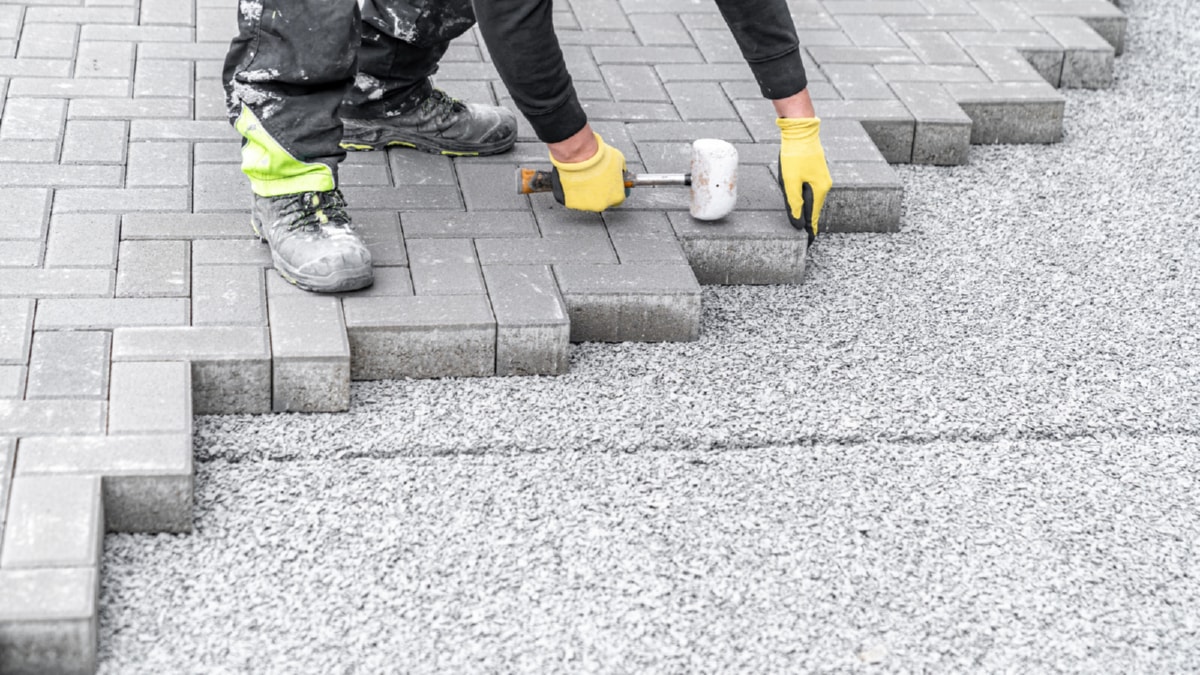Understanding the fundamentals of building construction methods is a vital aspect for anyone who aspires to venture into the construction industry. This comprehensive guide provides an overview of the basic practices, techniques, and methods that form the core of construction work.
Building construction is a complex process that involves a series of activities and procedures aimed at creating structures from a set of raw materials. These structures range from houses, skyscrapers, bridges, tunnels to roads, and each requires a unique approach in its construction process.
The first step in any building construction is planning. This stage involves identifying the purpose of the construction, drafting the design, and preparing a budget. The design phase largely depends on the purpose of the building, whether for residential, commercial, or industrial use. This is where architects and civil engineers come into play. They meticulously draft the building’s design, taking into account the structure’s durability, safety, and aesthetic appeal.
Once the design is ready, site preparation begins. This involves clearing the land, excavating, and leveling the ground ready for construction. It also includes laying down the infrastructure for utilities such as water, electricity, and drainage systems.
The next stage is the foundation laying. This is arguably one of the most critical stages of construction as the stability of the entire structure depends on it. There are different types of foundations, including slab, crawl space, and basement, each chosen based on factors such as ground condition, building size, and budget.
After setting the foundation, the construction of the superstructure begins. This includes erecting walls, floors, and roofs. The materials used vary depending on the design, budget, and local building codes. Common materials include concrete, steel, wood, and bricks.
Plumbing, electrical, and HVAC installations follow suit. These are essential systems for any building, and they need to be installed professionally to guarantee their efficiency and safety.
Upon completion of these installations, interior and exterior finishes are applied to enhance the building’s aesthetic appeal. These finishes also help protect the structure from weather elements.
The last stage of construction involves cleanup, inspection, and handing over. The site is cleaned, and all construction waste is disposed of responsibly. The building is then inspected by professionals to ensure it meets all safety and quality standards. If it passes inspection, it’s then handed over to the client.
In conclusion, understanding these basic construction practices is vital. Each stage of the construction process is interdependent and requires careful planning, execution, and monitoring to ensure the final product is safe, durable, and aesthetically pleasing. While this guide provides a basic overview, it’s important to note that building construction is a vast field with many specializations, so continuous learning and experience are key to mastering this craft.
.
For more details, check best exterior step and stair rebuild and replace service or visit their business listing here.



